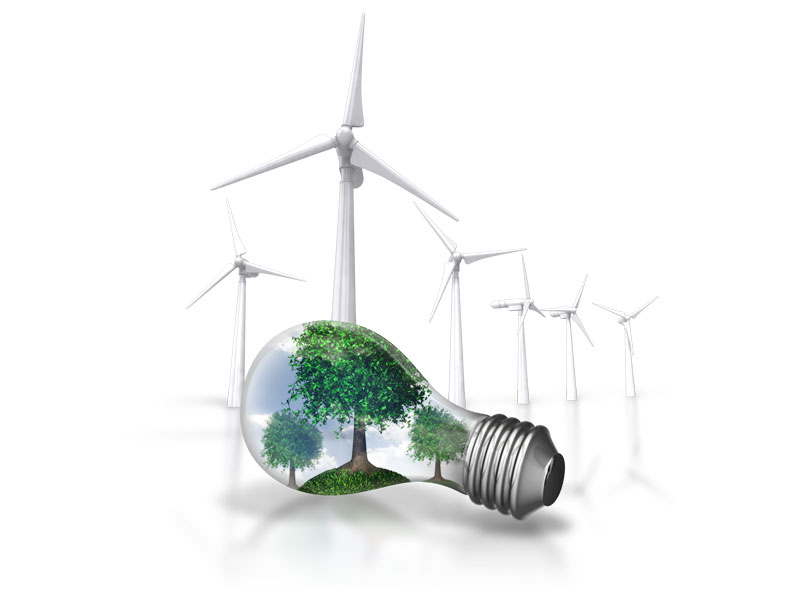The LNG picture post-Covid-19

Advertising
16-11-2020
Read : 201 times
Cape Business News
Source
“BEFORE Covid-19, the price of LNG was already low due to increasing LNG supply from shale gas in the USA, and as a result from oil price wars between Saudi Arabia and Russia; LNG prices are somewhat “linked” to the price of oil. When Covid-19hit us, this lowered demand for LNG too, putting further pressure on LNG prices.
This has led to several LNG liquefaction/export projects being put on hold or being cancelled.
On the LNG import side, the picture is not entirely bleak, as low LNG prices are beneficial for low cost power production from gas for example. That said, with international travel being next to impossible, and project development and construction very difficult, some import projects are also facing delays.
In the mid-term there is substantial room in the market to import LNG. In countries like Vietnam, for example, they are really in need of more power. They’ve also done very well in containing their COVID-19 outbreak, so we could see LNG projects continuing there. This is especially the case as globally, countries are beginning to see power production from coal as unwanted for both environmental and climatological reasons.
There are also projects that are still at the desk stage – with feasibility and other assessments being conducted – and which perhaps weren’t planned to begin for another year or two.
LNG is the cleanest hydrocarbon fuel and is a great intermediary in our society’s energy transition – after all, we aren’t going to be able to move to 100% clean, renewable energy overnight. We can already see success in the ways it is being used.
The traditional reason to convert natural gas to LNG (by liquefaction – cooling to -160°C and reducing volume by a factor of 600) was to avoid building a pipeline from source to destination. LNG also adds flexibility: a pipeline goes from A to B; an LNG carrier ship by comparison can go almost anywhere.
LNG carriers were always large and gas use was only in large scale power production. More recently, other ‘small scale’ LNG uses have been developed: the small-scale transport ship fleet is growing, LNG is now also being used as shipping fuel, and LNG is also gaining ground as truck fuel.
In China for example, around 150 000 trucks are currently running on LNG: China is making serious commitments to fighting air pollution.
The lower operating cost also applies to running power generators on LNG instead of diesel. In many developing countries with unreliable power production, many communities out of necessity have diesel (back-up) power generation.
LNG can also be transported in ISO Containers (not just bulk ships). These containers have the same dimensions as regular containers and can be transported on regular container trucks. This opens the door to remote, small scale clean power generation. A single 12 m LNG ISO container firing a regular generator, can produce 5 MW of electric power per day. This is quite a lot of electricity, especially in areas which previously had no or only unreliable electric power. The trick then becomes to set up a reliable logistics chain to provide a continuous supply of LNG containers to the generator.
The industry would benefit from higher subsidies on conversion to LNG (as that can be quite costly) or taxes on other fuels in order to reduce its comparative cost. But with 20-25% less CO2 emissions than diesel/heavy fuel oil (HFO), and essentially no soot, sulphur oxide (SOx) and nitrogen oxide (NOx) emissions, there’s no doubting LNG has a place in our fuel future.
As many countries take a phased approach to moving away from fossil fuels, LNG, as the cleanest of the bunch, can be the perfect go-between in that process. The transition seems to be moving to large scale use of hydrogen, but the technology for that and for its large-scale use is still many years – if not decades – away. The focus for now though is on weathering the storm. If we can do that, there are definitely opportunities to be found.”
Transporting LNG will always require ships, irrespective of ship type: in bulk in large or small LNG carriers, or when transported on container ships in LNG ISO containers. Obviously, ships need ports and port facilities. As the global market leader in port and harbour development, Royal HaskoningDHV has a vital role to play here"
By Andries Krijgsman, LNG Sector Director at Royal HaskoningDHV.
Recent News
Here are recent news articles from the Building and Construction Industry.
Have you signed up for your free copy yet?









